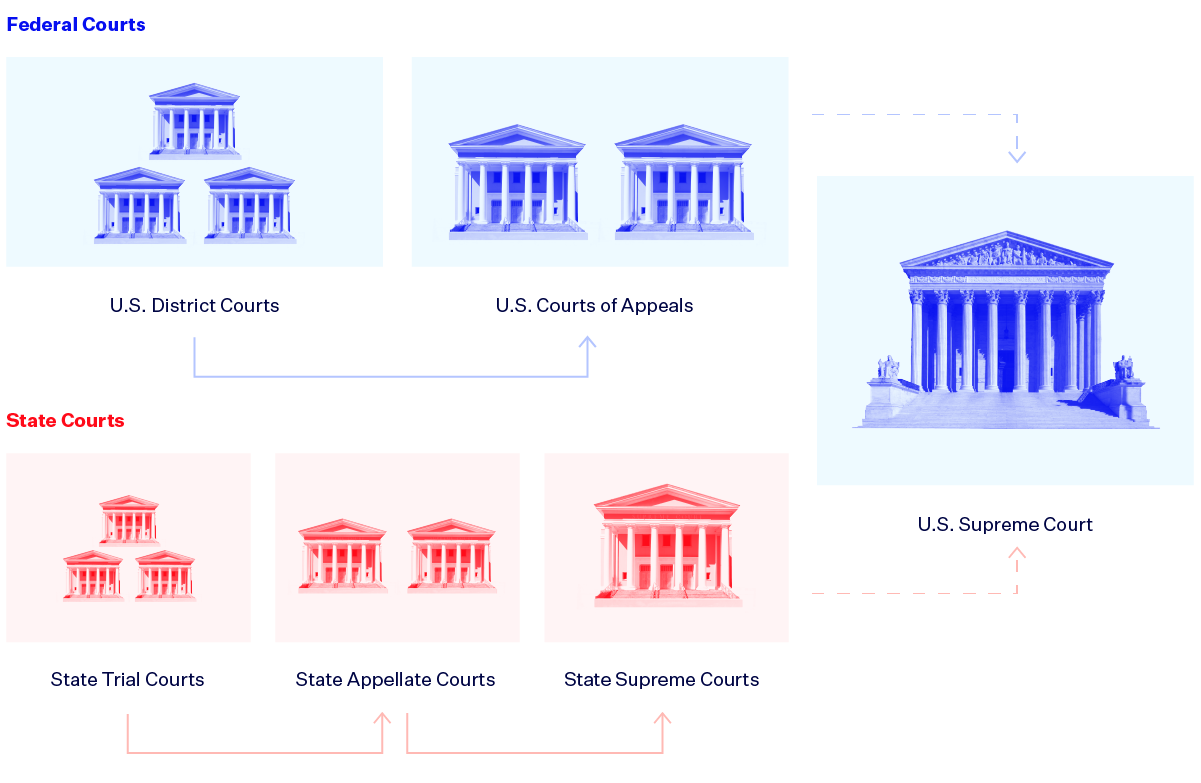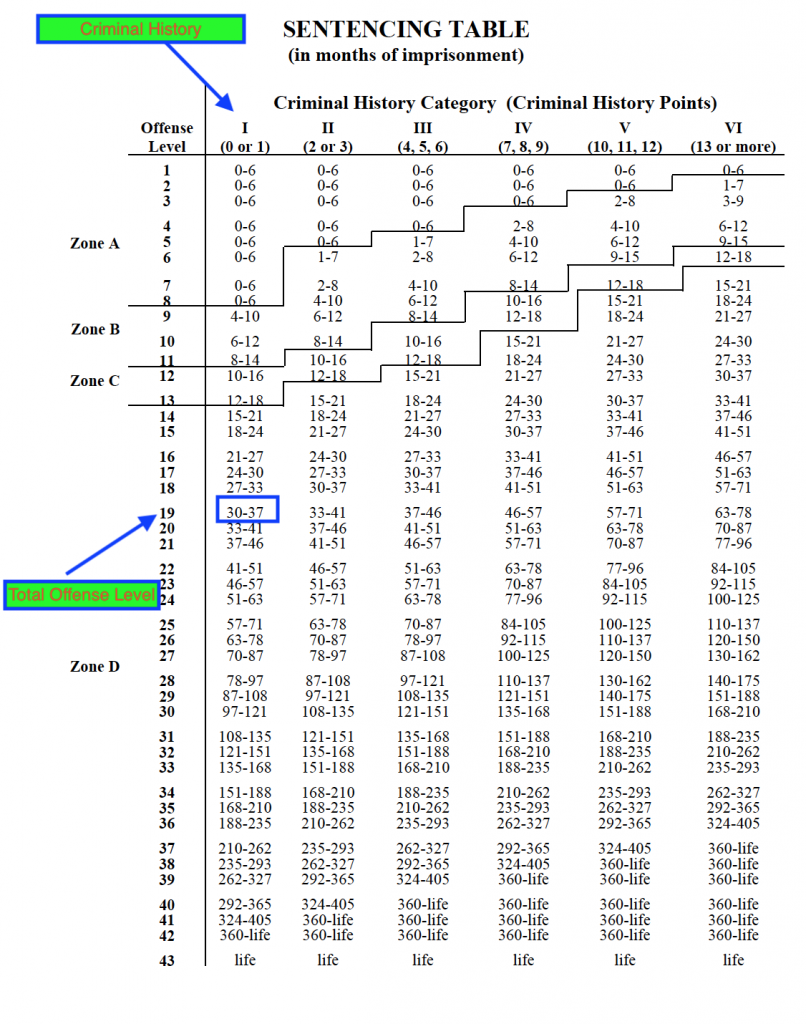
State vs. Federal Jurisdiction
Understanding the concept of jurisdiction is crucial in navigating the legal landscape of the United States. Jurisdiction refers to the authority granted to a legal body to administer justice within a certain field of responsibility. The U.S. legal system is unique in that it comprises a dual system of courts: state and federal. Each has its distinct responsibilities and powers, often causing confusion about which court has authority over specific cases. The Basis of State Jurisdiction State Court System Overview State courts are established by the laws of each state. They are responsible for interpreting state laws and constitutions. The jurisdiction of state courts is broad and covers a wide range of cases, including criminal, family, probate, traffic, and small claims. Each state has its own court system, often comprising lower courts, appellate courts, and a state supreme court. Types of Cases under State Jurisdiction State courts typically handle cases that involve: Violations of state laws Family law matters such as divorce and custody Probate matters, including wills and estates Real estate and property disputes Contract disputes Traffic violations Limitations of State Jurisdiction State
read more
Understanding the Federal Sentencing Guidelines
The Federal Sentencing Guidelines play a crucial role in the U.S. criminal justice system, shaping the sentencing process for federal offenses. These guidelines, developed in response to the need for consistency and fairness, have evolved over time. This post delves into their history, structure, impact, and the debates surrounding them. History of the Federal Sentencing Guidelines Origin and Development The Federal Sentencing Guidelines were established by the Sentencing Reform Act of 1984. This legislation aimed to address the inconsistency and unpredictability in federal sentencing. Prior to the guidelines, federal judges had considerable discretion, leading to significant disparities in sentencing for similar offenses. Establishment of the U.S. Sentencing Commission To create the guidelines, the U.S. Sentencing Commission was formed in 1985. This independent agency was tasked with developing a comprehensive set of rules to standardize sentencing, ensuring certainty and fairness while reducing unwarranted disparities. The guidelines became effective in 1987, marking a significant shift in the judicial process. Structure of the Federal Sentencing Guidelines Components and Calculation The guidelines utilize a grid system to determine sentences. The grid is based on two main factors: the offense level and the criminal history category of
read more